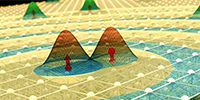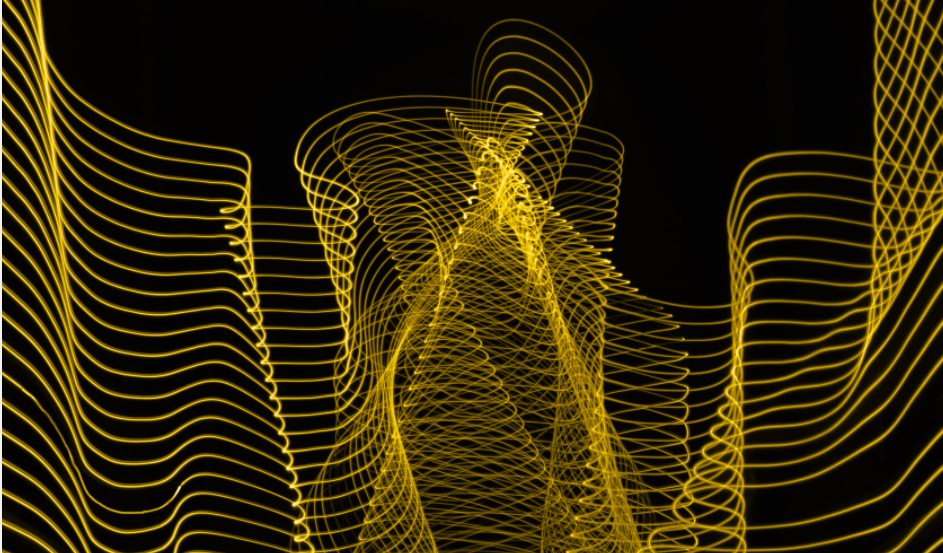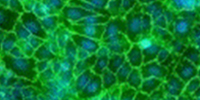The idea that many simple nonlinear deterministic systems can behave in an apparently unpredictable and chaotic manner was first noticed by the great French mathematician Henri Poincaré. Other early pioneering work in the field of chaotic dynamics were found in the mathematical literature by such luminaries as Birkhoff, Cartwright, Littlewood, Levinson, Smale, and Kolmogorov and his students, among others. In spite of this, the importance of chaos was not fully appreciated until the widespread availability of digital computers for numerical simulations and the demonstration of chaos in various physical systems. This realization has broad implications for many fields of science, and it is only within the past decade or so that the field has undergone explosive growth. It is found that the ideas of chaos have been very fruitful in such diverse disciplines as biology, economics, chemistry, engineering, fluid mechanics, physics, just to name a few.
Since the mid-1970s, the Chaos Group at Maryland has done extensive research in various areas of chaotic dynamics ranging from the theory of dimensions, fractal basin boundaries, chaotic scattering, controlling chaos, etc.
Personnel
Research Areas
- Granular Dynamics
- Optical Systems
- Chaotic Scattering
- Chaotic Transients
- Communicating with Chaos
- Control and Targeting
- Crises
- Dimensions
- Dynamics of Biological Processes
- Dynamics of Networks of Interconnected Networks of Dynamical Units
- Fast Magnetic Dynamos
- Fractal Basin Boundaries
- Quantum Chaos
- Pattern Formation
- Prediction
- Singularities in Fluids
- Structure of Complex Networks
Research Group Website: www-chaos.umd.edu/
Related Centers and Institutes:
Institute for Physical Sciences and Technology (IPST)
Institute for Research in Electronics and Applied Physics (IREAP)
Institute for Systems Research (ISR)
Applied Math and Scientific Computation (AMSC)











